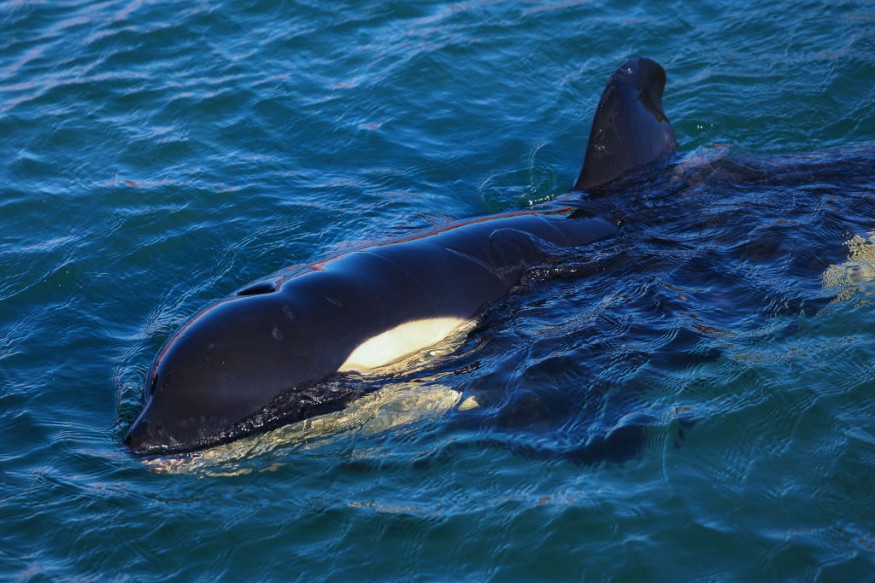Orcas have been captured on video using a sophisticated strategy to trap and kill its prey in the icy waters of Antarctica.
The killer whales were perceived to be using an ancient and rare hunting technique, which makes their food isolated and disabled before eating it.
Orca Hunt Video

The YouTube channel of the BBC Earth posted the footage entitled "Incredible Orca Hunt" on Monday, September 12.
In the video, it can be seen that an orca pod used sophisticated tactics to hunt seals, one of their preferred preys protected by rafts of ice in Antarctica.
The narrator said that pod members spread out to navigate the area and when they see a seal, the scouts alert the family through a "rallying call."
If the seal is over a large piece of ice, the killer whales create a subsurface wave to cut down the chunk of ice into pieces. Once the platform size has been decreased, the whales then push the ice into open waters.
The pod matriarch then tries another tactic by blowing bubbles to avoid any injuries and disorient the seal where they move in for the kill.
The footage is based on BBC Earth's new documentary entitled "Frozen Planet II" narrated by the naturalist David Attenborough, who showed that in the world, there are only around 100 killer whales that uses the complex yet coordinated hunting technique called wave-crashing.
Killer Whales
Aside from seals, orcas also prey on fish, penguins, squid, dolphins, porpoises, and even other whales, according to the Australian Antarctic Program.
Killer whales can be found in almost all of the world's oceans, including in the frigid waters of Antarctica, where they can live deep in the ice and even during winter, the Australian government agency adds.
There are approximately 70,000 of them in the Antarctic waters.
New Predation Evidence
In line with the conventional prey of orcas, growing evidence in recent years show that orcas also hunt great white sharks, whose livers are their primary target.
Both anecdotal and scientific evidence show that massive marine animals use their size to exert strong force to the shark's vulnerable underbelly to stun them.
Although not considered a rare hunting technique, the shark-stunning methods have been reported in the waters off South Africa and other parts of the world; with some videos posted online.
Back in June, two killer orcas known as "Port" and "Starboard" have been reported to re-appear off the coast of South Africa after carcasses started washing up.
A story also covered by Nature World News; the duo is reportedly famous for killing at least eight great whites since 2015.
A recent report by Business Insider in August shows a viral video of killer whales hunting and killing a great white shark off the coast of South Africa but only to eat its liver, as cited by Science Alert.
The footage showed that one of the whales rammed through the predator shark and blood started to pool from its wound.
© 2026 NatureWorldNews.com All rights reserved. Do not reproduce without permission.





